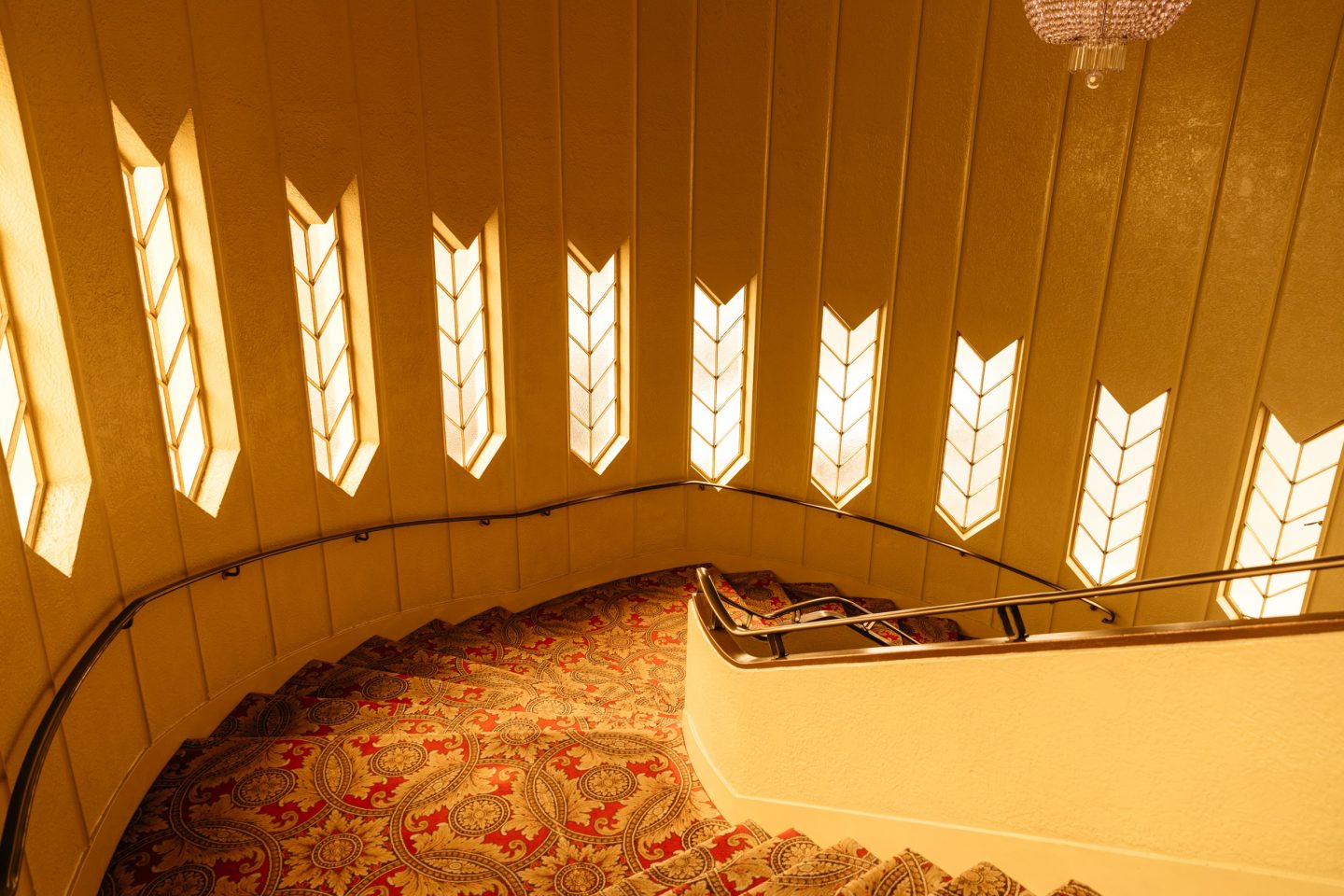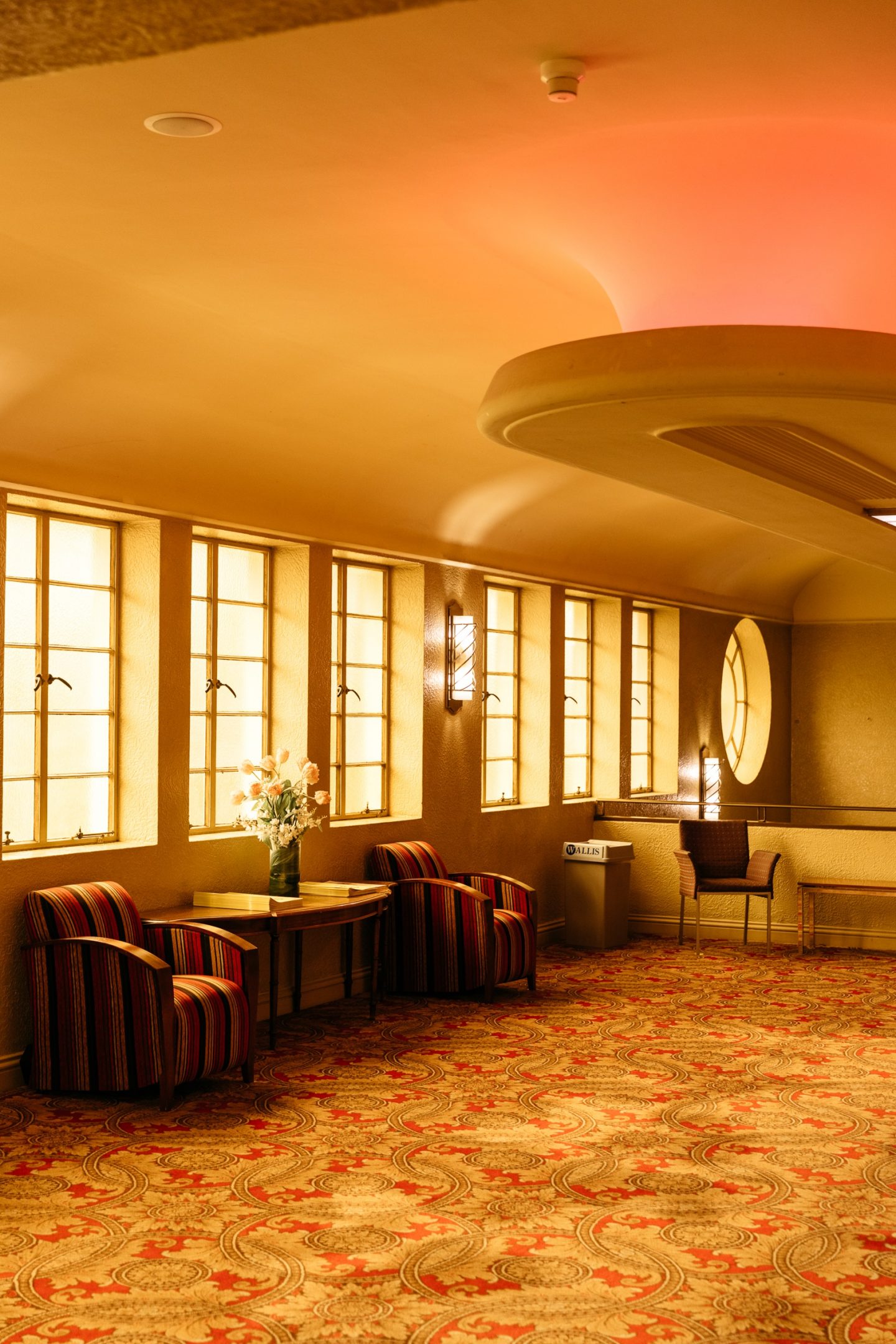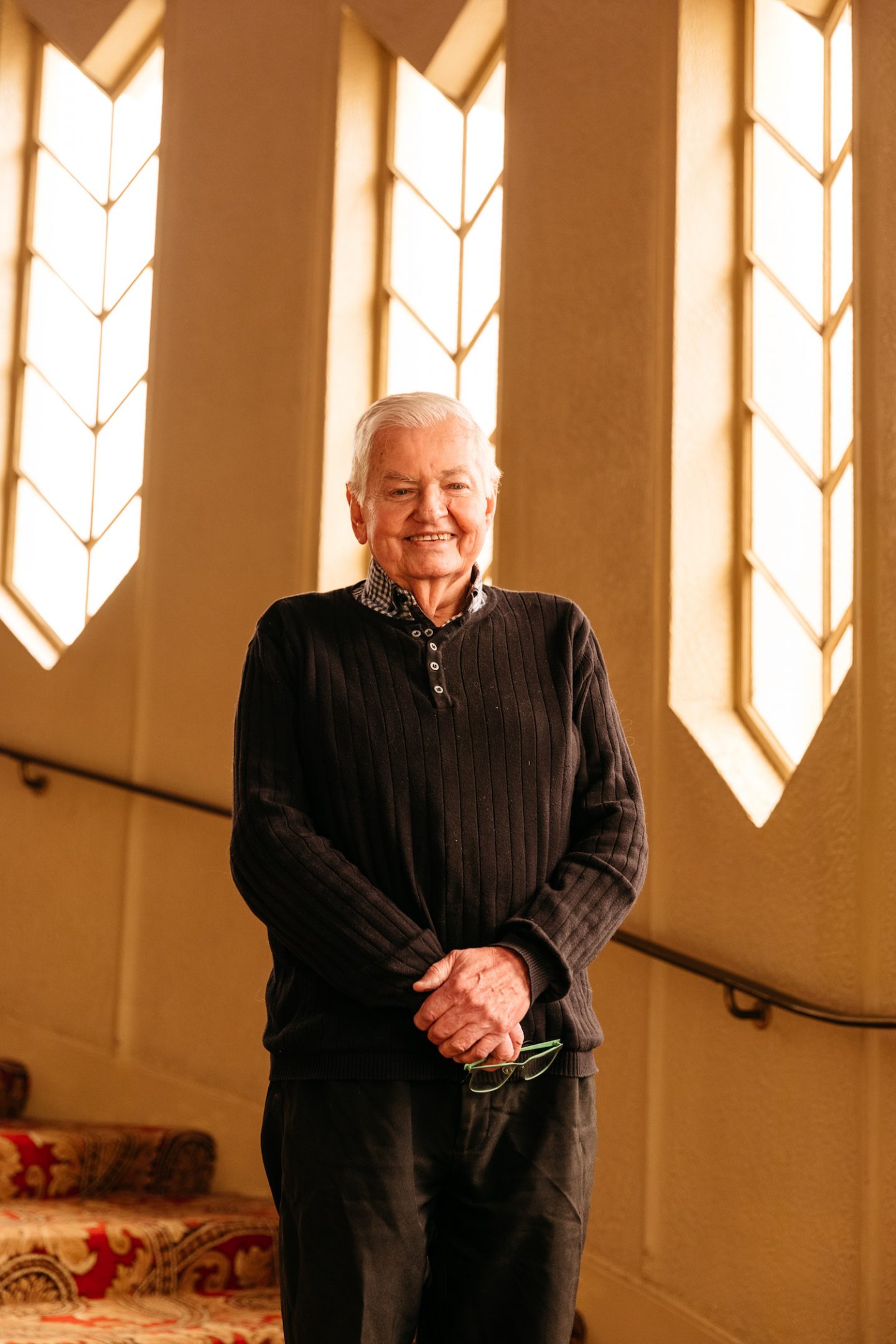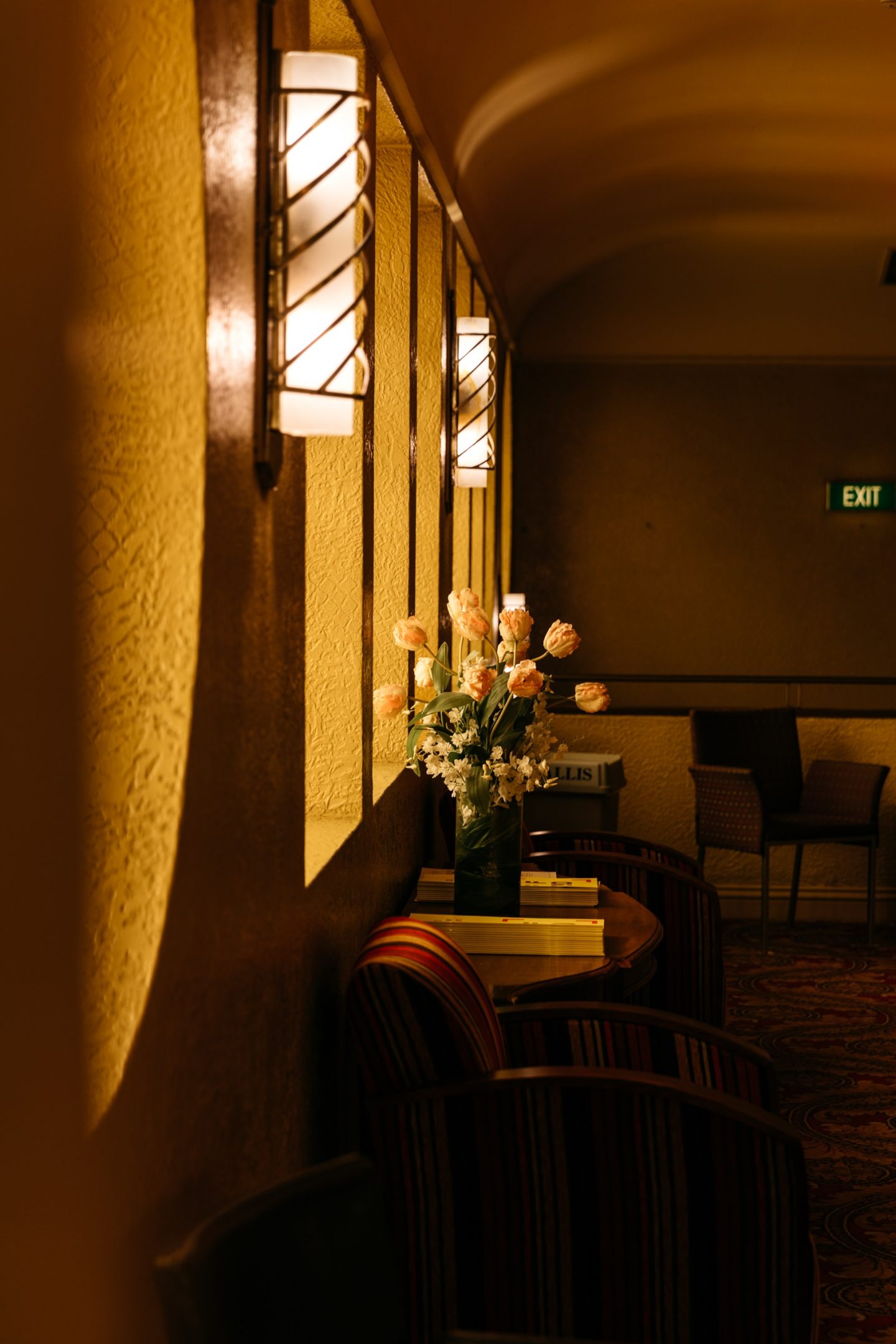
Walter Marsh
Walter is a writer and editor living on Kaurna Country.

North Adelaide’s Piccadilly Cinemas has lived through times of war, recession, home video and Netflix. It has now spent much of its 80th year closed or half-empty, but not even a pandemic can dim the magic.
“My father said there was no future in cinema,” Bob Parr tells The Adelaide Review. “Television had come, and he wanted me to get a trade. So I went to Holden’s and became a fitter and turner – but I still worked at the cinemas at night.”
One of those was the Piccadilly, where five years later a 20-year-old Parr quit his Holden job at the first sign of a full-time gig. It was 1964, a time when Parr and then-manager Clem Williams faced a “battle” to lure audiences back to suburban cinemas, which received the latest films eight weeks after city theatres
Such slim patronage was a long way from the fanfare that greeted the Piccadilly when it opened on 23 October 1940, the “latest link” in an empire of suburban cinemas run by local theatre baron Dan Clifford. As Clifford’s 20th and penultimate cinema before the outbreak of the Second World War, the Piccadilly was built at the tail end of a boom era for suburban moviegoing, and promised a suite of mod cons making it “the most modern theatre in the Southern Hemisphere”.
Designed by local architect firm Evans, Bruer and Hall, the £26,000 theatre’s Art Deco style boasted striking arrowhead and porthole windows lining its staircase and lounge. Their frosted amber glass still bathes the space in warm light, complemented from above by concealed coloured neon lighting.



“My love is cinemas themselves – I like film, but I’m not a ‘film buff’ as such,” Parr says, casting his eye across the Piccadilly’s lounge. “Mr Williams once said to me, ‘If the foyer of the Piccadilly was on the auditorium of the Capri, it would be the perfect theatre.’ This was one of the great foyers – it’s such a sense of occasion when you come here.
“It’s their architecture, they’re places that you feel good about when you’re in them. A lot of the modern cinemas, we’ve got fabulous screens, fabulous sound, great seats, but they’re supermarkets compared with these cinemas. These cinemas have got feeling, and atmosphere.
“I think the theatre’s unique – when you start driving off down O’Connell Street the architecture stands out, there’s nothing like it in the area. There’s not many left of them – the same architects did the Vogue on Unley Road, but it’s not as nice as this.”
A souvenir program from its opening night proudly lists a string of ‘exclusive features’, from ventilation (“every care has been taken to eliminate objectionable draught”), seating, heating and furnishings to ‘sound perfection’ – including special ‘Deaf Aid Sets’ available at the box office. A lavish Powder Bar and Cosmetic Room was also provided “for Lady Patrons” – complete with an attendant selling “velvety-textured powder” available “ in patrons’ individual shade”.
A link to London’s Piccadilly Circus was also drawn with the commissioning of a large mural facing onto the staircase designed by the head of the South Australian School of Arts, F. Millward Grey.
The now 76-year-old Parr still works in cinemas, having worked his way up through advertising, managerial and programming roles to his current position as senior advisor for Wallis Theatres, who took over the Piccadilly in 1983.
“I remember when someone threw up at the top of the stairs and it ran all the way down – thank god it was terrazzo,” Parr says of a less glamourous point in his decades-long connection with the Piccadilly.
Since 1940 the theatre has been buffeted by change and bounced between cinema chains. That long-suffering terrazzo is now covered in carpet, and the Piccadilly Circus mural is obscured by an enormous picture of ancient Rome – a hangover from a brief period when it was renamed the Forum by Hoyts (“We don’t take it down because it’s probably had bolts put through the mural,” Parr laments).
“A lot of the modern cinemas, we’ve got fabulous screens, fabulous sound, great seats, but they’re supermarkets compared with these cinemas. These cinemas have got feeling, and atmosphere.”
Bob Parr
It has survived black and white television, colour television, VHS, DVD, Netflix and, in the last decade, a rise in big, tentpole blockbusters as corporate Hollywood favours big opening weekends over medium-sized features and sleeper hits.
COVID-19 continues to bring unexpected challenges, even as local cinemas have been able to open since June. “A lot of that is because of the position of the United States and Mr Trump saying it’s a hoax. They’re not going to release a big film when half the theatres in the United States are closed – these films cost $200 million to make, they need to take $800 million to cover costs.”
Despite this, Parr is as confident of cinema’s future as he was when ignoring his father’s advice half a century ago. And yet, walking through the Piccadilly today evokes a bittersweet nostalgia – and the knowledge that they don’t make them like this anymore.
“That neon light there,” Parr says, pointing to a pinkish blue glow that spreads dreamily across the lounge’s ceiling. “I don’t know how much longer we can keep that because the guy who used to service all the neons here died – it’s a blue tube with red gas or a red tube with blue gas, and it’s a unique colour he did just for this.
“Do you understand why the lights dim and the curtains open?” Parr asks as we climb the steps to Cinema One. “The lights are dimming to transport you from the world you’re in, and the curtains open to a window into another world. At the end of the film, the curtains close and the lights bring you back to this world.”
This, he says, is why cinemas like the Piccadilly will live – even if some of the lights go dark.

Walter is a writer and editor living on Kaurna Country.